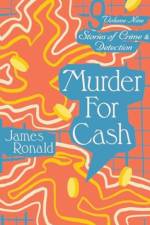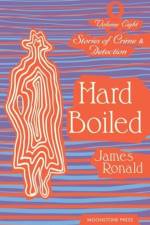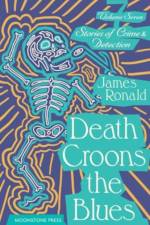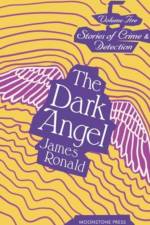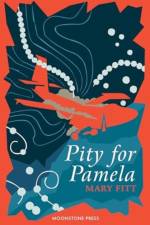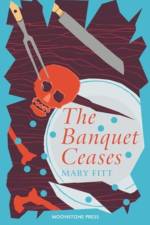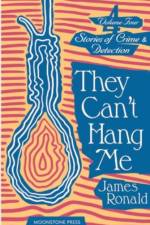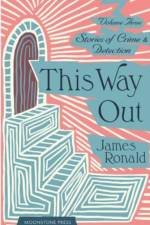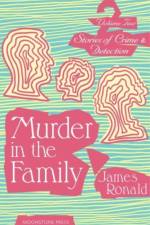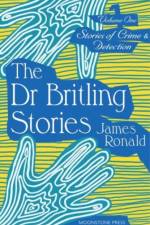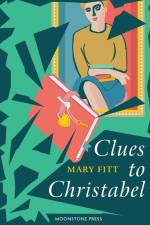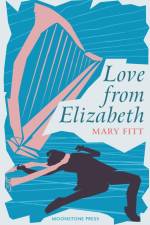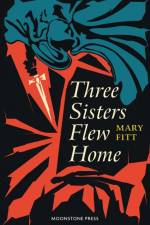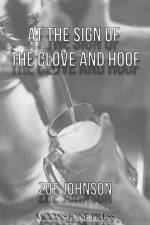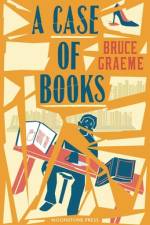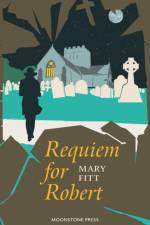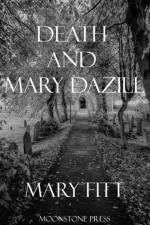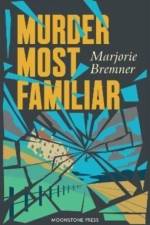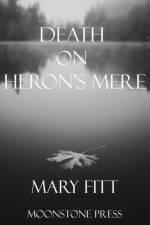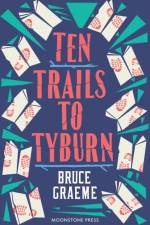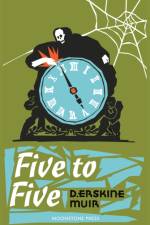av James Ronald
161
'I shall kill you, one by one, and I'll get away with it.They can't hang me.'Stories of Crime & Detection Volume Four contains a novel and three short stories:They Can't Hang Me Lucius Marplay has spent the past twenty years in an asylum, having made countless threats against the four men who took over The Echo, the London newspaper that he once owned. A visit from an old friend gives Marplay an opportunity to escape, and soon he begins a scheme of revenge. His daughter Joan, having just discovered that her father is in fact alive, rather than dead as she had always been told, endeavours to track him down to talk sense into him. But as the four newspaper men begin to die one by one, can anyone catch this clever murderer, a man capable of vanishing into thin air? They Can't Hang Me was adapted for the screen as The Witness Vanishes (1939).The Man Who Came Back. An escaped convict has a minor road accident and discovers something unexpected. Accident The unpleasant Marlay's death was an accident, but Daphne and Peter are afraid to call the police for fear they will be implicated. Instead, they concoct a plan....Out of the Fog A short story set during Prohibition in the U.S.JAMES JACK RONALD (1905-1972) was a prolific writer of pulp fiction, mystery stories and dramatic novels. Raised in Glasgow, Ronald moved to Chicago aged seventeen to 'earn his fortune', later returning to the UK to pursue a writing career. His early works were serializations and short stories syndicated in newspapers and magazines around the world. Ronald wrote under a number of pseudonyms, including Michael Crombie, Kirk Wales, Peter Gale, Mark Ellison and Kenneth Streeter among others. Several books were adapted into films, including Murder in the Family (1938), The Witness Vanishes (1939), and The Suspect (1944).


